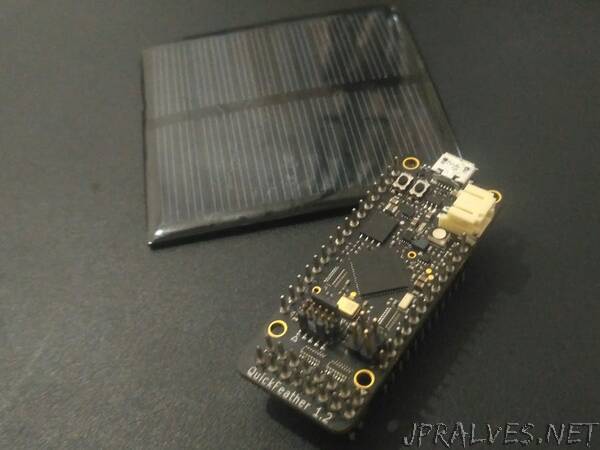
“In this project, we will be using SensiML and QuickLogic QuickFeather to predict Solar Panel Voltage at different irradiance levels.
Story
Great minds worked in coordination to create this essential asset for the human race. Development and generation of electricity changed the lives drastically, starting from domestic use to industrial activities.
Despite its great importance in daily life, few people probably stop to think about what life would be like without electricity. Like air and water, people tend to take electricity for granted.
Non renewable resources and renewable resources are used to generate electricity but non renewable resources cannot be replaced and release carbon dioxide and other greenhouse gases when they are burned to produce electricity.
Countries all around the world are powering towards a low-carbon future by embracing solar, wind and geothermal energy. This is a good sign but we can improve this by providing a simple system to homes and offices.
Aim/ Objective
Solar energy is used worldwide and is renewable. Nearly 74% of the energy demand is supplied by coal and natural gas. Renewable energy sources play a vital role in securing sustainable energy with lower emissions.
Photovoltaic (PV) and solar-thermal power are the two main types of solar electricity generation technologies. PV conversion produces electricity directly from sunlight in a photovoltaic cell.
In this project, I will be using the SensiML software to predict and analyze the voltage output of a given photo-voltaic (PV) module at particular solar irradiation levels.
The QuickFeather board will be powered by a rechargeable battery - Li-ion.
The QuickFeather Development Kit is a small form factor system ideal for enabling the next generation of low-power Machine Learning (ML) capable IoT devices. Unlike other development kits which are based on proprietary hardware and software tools, QuickFeather is based on open source hardware, compatible with the Adafruit Feather form factor, and is built around 100% open source software (including the Symbiflow FPGA Tools).
The QuickFeather is powered by QuickLogic’s EOS™ S3, the first FPGA-enabled Arm Cortex®-M4F MCU to be fully supported with Zephyr RTOS”
